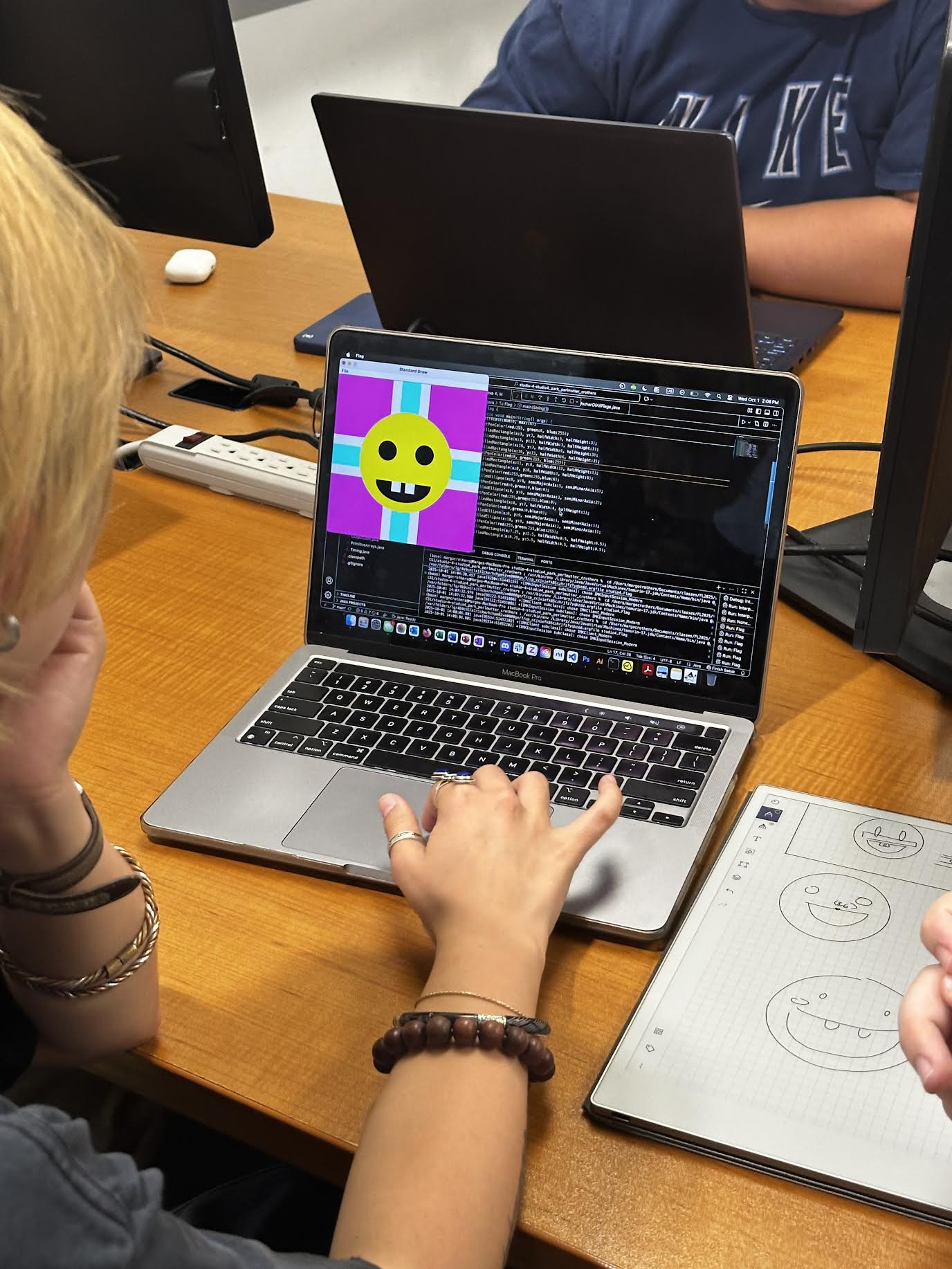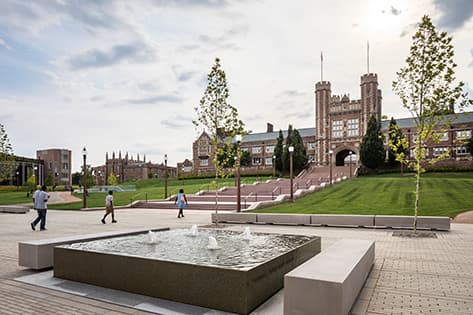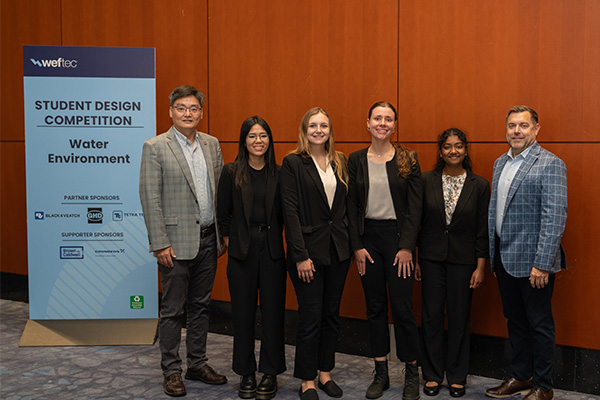Learning the language
CSE1301 introduces students to computer science programming

Introduction to Computer Science (CSE1301) has established a reputation as not just a requirement for students in computer science and engineering, but as a popular choice for undergraduates in general.
On a Wednesday before fall break, students huddled around computer screens in small groups, using trial-and-error teamwork to create a flag for their chosen country using Java, an object-oriented programming language.
“This is where they get to try their hand at what they learned in Monday’s lecture,” said Doug Shook, teaching professor in computer science & engineering. “I’ll be around, as well as the TAs, but it’s really their time to figure it out together.”
Shook has been teaching the course since 2014. This year, he is joined by new faculty member Sara Nurollahian, lecturer in computer science & engineering.
Each week, the Monday lecture introduces a key topic. During active-learning sessions conducted in a studio setting, students interact with each other, the professors and TAs to solve problems collaboratively.
It all works toward the end goal.
“They will be learning to write code from scratch throughout the semester, culminating in the creation of a small game at the end of the course,” Shook said.
Abby Shen, a computer science major with a second major in financial engineering, is one of two lead teaching assistants for the course.

“Aside from wanting to gain more experience in computer science, a big factor in my decision to become a TA for 1301 was the amazing experience I had when I took the course,” Shen said. “As a first year, this was one of the first places where I felt a strong sense of community and mentorship, and I wanted to continue to be in that environment.”
Cody Copeland, undergraduate program coordinator in computer science & engineering, said the fact that so many students return as TAs each year reflects the course’s impact.
“Our students want to rally around those who find themselves in the same beginner’s footsteps that they were once in – and help them succeed and enjoy it along the way,” Copeland said. “This is especially crucial in an introductory course like 1301, which has the potential to either strengthen or diminish a student’s desire to continue pursuing computer science."
Shen says one of the most important benefits of the course is increased self-reliance.
“We often say that the goal of our office hours is for students to never come back to office hours,” she said. “We emphasize teaching students problem-solving techniques that allow them to help themselves, and that will be useful to them in future CS classes and in industry.”




